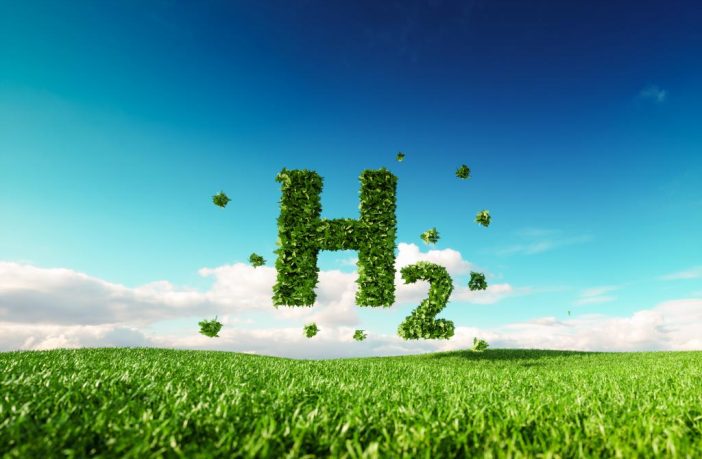- The International Renewable Energy Association says the integration of hydrogen into the energy transition will not happen overnight and electrolysis costs will not be halved until the 2040s.
- That hydrogen and related products could revolutionize the world energy landscape, however, is not in doubt.
The International Renewable Energy Agency (IRENA) believes the production of hydrogen from renewables has the potential to deliver 19 exajoules of energy in 2050. Some 16 TW of solar and wind power generation capacity – 120 exajoules – may be needed to generate green hydrogen or related products from electrolysis by that point.
Today the world hosts around 7 TW of total power generation capacity, around 1 TW of which comes from solar and wind, according to IRENA’s Hydrogen: A renewable energy perspective report.
The agency said the 19 exajoules that could be provided by clean hydrogen in 2050 would correspond to around 5% of global energy consumption. The Hydrogen Council of chief executives has set a target of meeting 17% of demand by that point. Around 14.4 exajoules of hydrogen are produced each year at the moment but around 95% of it comes from natural gas and coal.
The cost of green hydrogen supply is falling and will continue to do so, the authors of the paper state, with most of the relevant technology already at, or near commercial viability. However, IRENA says more needs to be done to reduce the price of electrolyzers and supply-chain logistics.
Reduce costs and energy losses
Advances in electrolysis will be gradual, predicted IRENA, ensuring the price of the process will not be halved from its current $860/kW installed until 2050. The authors of the report did note, though: “Renewable hydrogen will soon become the cheapest clean hydrogen supply option for many greenfield applications.”
The transport of hydrogen currently costs between 1.5 and five times more than the equivalent expense for natural gas and the former continues to suffer from considerable energy losses, from production to conversion to energy. “Reducing these losses is critical for the reduction of the hydrogen supply cost,” the analysts wrote.
The paper reports several large scale green hydrogen projects are being built in Germany, France, the Netherlands, Austria, Japan, Australia, Canada, China, the United Kingdom and the United States. The global footprint of such projects indicates attention is shifting from transporting hydrogen to diverse markets in favor of local deployment, helped by the falling cost of renewable electricity. “However, further R&D, mass production and learning-by-doing is needed to achieve significant cost reductions,” the report added.
Gas infrastructure
Natural gas infrastructure could be converted to transport hydrogen with limited investment, according to the study, although current standards limit the volume of hydrogen that can be deployed in such pipelines. “Gradually increasing the share of hydrogen that can be accommodated by the gas infrastructure can provide reliable long-term signals for [the]large scale deployment of electrolysis from renewable electricity,” the IRENA report stated.
The study also highlighted how modern hydrogen electrolyzers can scale production up and down within minutes or even seconds, making them ideal for providing flexible back-up to a constrained power system. “The production of a very large volume of hydrogen from renewable power, in combination with hydrogen storage, can help provide long-term seasonal flexibility to the system,” the report noted.
The authors of the paper recommend policymakers acknowledge the strategic role of hydrogen in the transition to a decarbonized economy and energy system, and align climate and energy targets with consistent projections for development of the technology. That means setting binding targets for hydrogen production and mandatory blending of the energy source with natural gas, as well as introducing provisions to support the use of hydrogen in transport.
An International Energy Agency report on The Future of Hydrogen stated fossil-fueled production of the fuel is responsible for “annual CO2 emissions equivalent to those of Indonesia and the United Kingdom combined”.
Author: Emiliano Bellini
This article was originally published in pv magazine and is republished with permission.















